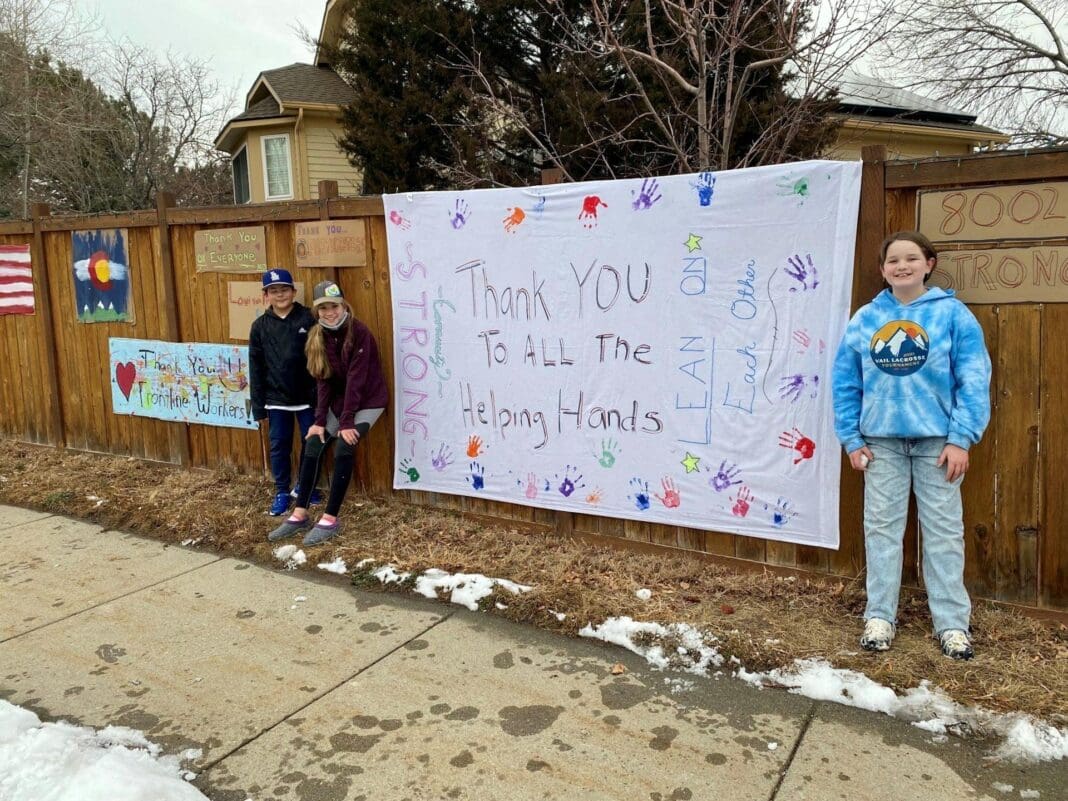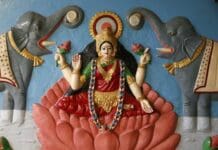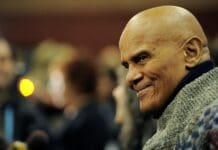The Colorado Marshall Fire killed two people and destroyed over 1,000 structures on Dec. 30, 2021.
The news cycle has long since moved on, but people impacted by the fire are still recovering. Part of that process is through storytelling.
The Louisville Historical Museum, which is located 10 miles east of Boulder, later joined by collaborators from the University of Colorado Boulder Anthropology Department, initiated the Marshall Fire Story Project to preserve the stories of people affected.
“This is the first time we’ve actually sat down and taken this long to talk about it,” said Lisa Clark, one contributor to the project. “’Cause we’re always like, ‘(people) have better things to do. You don’t wanna hear our pain. You don’t wanna hear our stories,’ you know. But yeah, it’s been nice to do it.”
All project contributors are quoted using their real names.
We are a cultural anthropologist and qualitative researcher who are collaborating with the Louisville Historical Museum on the Marshall Fire Story Project. Broadly, we are each involved with research that explores the importance of personal and community narratives for well-being.
However, the Marshall Fire Story Project is not a research project. We have no research questions. Contributors are simply invited to share what they would like about the fire.
While this project embraces the specificity of individual experiences, recent destructive fires in Maui, Hawaii, and Southern California show that the work we are doing is needed in many other locations.
Recounting personal experiences is critical to the historical record.
Oral history has also become recognized as a powerful method for healing after trauma, both for individuals and larger community groups. Talking about traumatic events may be painful. However, narrative also facilitates meaning-making, strengthens ties within communities, and contributes to social justice efforts.
By telling their own stories in their own words, participants in the Marshall Fire Story Project shape what is remembered and how it is remembered.
Contributors to the project had diverse objectives in sharing their stories. Many welcomed the opportunity to contribute to the historical record, which Jessica Rossi-Katz described as “a record of experience.” Another contributor wanted to share their perspective as a lower-income person. Others mentioned the relevance of local stories as they apply to a global context of climate change.
As wildfires become ever more common, the themes that came up in the oral histories are increasingly relevant to community members, policymakers and scholars alike.
Two people lost their lives in the fire, along with over 1,000 pets.
“I’d take losing my stuff over losing them,” said Anna Kramer, when describing the loss of her neighbor’s dogs. Kramer, an artist, did lose her stuff, including the majority of her artistic works.
Abby McClelland’s family was away from their house when it burned.
“For a while I was really upset that we weren’t there and didn’t get a chance to take anything,” McClelland said. “And the more I think about what we would’ve taken, the more I’m like, that stuff is dumb.”
The family was able to replace their vital records and passports within weeks.
“But things like, you know, my grandmother’s rings or the Champagne cork from our wedding reception. Like things that I would’ve thought, oh, that’s so silly to evacuate that, those are the truly irreplaceable things.”
Mary Barry said the “fire was the ultimate downsizer.” She reflected on the objects she had lost – her daughter’s baby pictures, her sewing machines, a collection of books bound in blue and gold.
The fire also took Barry’s pet turtles, one of whom her husband had kept for over twenty years.
“Losing (a) house is like losing a person, where you mourn the loss of your comfort,” Barry said. This was particularly true in the wake of the COVID-19 pandemic, where people’s homes were their entire environment during quarantine.
Many of those whose homes did not burn suffered a different kind of ambiguous loss. Their homes were damaged by smoke, which carried with it heavy metals, hazardous chemicals and volatile organic compounds.
Shana Sutton’s family stayed in a hotel for six months while their home was being remediated. Like many others, much of the family’s belongings were deemed nonsalvageable.
“In my head,” Sutton recounted, “I was like, okay, I’m just going to pretend that they all burned.”
As she watched the smoke from a distance, Brittany Petrelli told her brother on the phone, “I can smell how devastating this fire is.” Petrelli, a project contributor involved with the recovery effort, recounted that the fire smelled “like things that shouldn’t be burning. Rubber, plastic building materials.”
Residents with concerns about outdoor and indoor air quality as well as soil and water contamination contacted scientists at the University of Colorado Boulder, who, along with scientists at the National Oceanic and Atmospheric Administration’s Chemical Sciences Laboratory, conducted air quality sampling. Ultimately, the publicized data for outdoor air quality showed little difference from other urban areas.
Residents whose homes survived but were affected by smoke continued to note symptoms such as sore throats, coughs and stinging eyes for six months and then one year after the fire.
Like others whose homes were damaged by smoke, Beth Eldridge had difficulty obtaining insurance coverage for mitigation. After she attempted to clean char and ash on her own, she experienced persistent health impacts.
“Being part of an HOA (Home Owner’s Association) should give you two buckets of insurance,” Eldridge explained, “but in reality, everyone is divided and the system makes individuals fend for themselves. My insurance wouldn’t take any responsibility. The HOA insurance wouldn’t take any responsibility. … I was sick and I couldn’t get better and I needed help.”
Accounts from the project highlight uncertainty that remediated personal items were “really clean” – as Shana Sutton shared, it “makes you crazy.” Many people spoke of dissatisfaction with a lack of standards for remediation. Current standards, not specific to wildfires, do not engage the epidemiological and toxicological effects of fire byproducts, although experts in the field recognize these dangers.
Being underinsured was a persistent theme in project stories, and some people recounted how negotiating with their insurance companies literally became a full-time job. After the fire, lower-income community members found themselves in an even more acute state of financial uncertainty.
A number of mutual aid groups sprung up in the aftermath of the fire, and several of those groups shared their stories with the project. Meryl Suissa started the Marshall Fire Community group on Facebook, which worked to help families replace items lost in the fire.
“I think what we’ve learned is like, yes, people are okay and they’re strong and they’re resilient and they’re gonna continue fighting,” Suissa said. “But we still have a long way to go to help them heal.”
Kate Coslett, who ran Operation Hotel Sanity, also highlighted how the community came together to contribute to organizations like hers, which delivered home-cooked meals to displaced residents.
“So many volunteers, hundreds of volunteers,” she said. “It’s September (2022), and there are still people making meals. It’s incredible … their empathy and their love, this community is just, I have goose bumps.”
Yet recovery means different things to different people. As Abby McClelland noted, there is a difference between “trauma on the individual level and trauma on the collective level.”
“I can rebuild the house,” McClelland said, “but I can’t rebuild all the houses in the neighborhood, and I can’t plant all the trees, and I can’t, you know, reopen all the businesses. I can’t reverse the trauma in the area. I can only control what’s inside my house. It’s hard to know what’s going to happen on that larger level, and how long that’s going to resonate.”
Like others who shared their accounts with the project, McClelland highlighted a necessity for policy change and governmental actions to prevent further climate-related disasters.
“Individuals can’t solve systemic problems,” she said.
For a community historical museum whose motto is “Be a part of the story,” first-person records constitute valuable resources for both the present and the future.
Our team is currently preparing written and oral project contributor submissions for archiving in a publicly accessible platform. In partnership with Marshall Together and the Community Foundation Boulder County, we are documenting recovery and rebuilding experiences as residents return to their homes.
The first storytellers in our project spoke of trauma and despair, but also gratitude for community. What will future stories tell us as neighbors continue to reunite and adjust to how the community has changed after the Marshall Fire?
This article was written in collaboration with Sophia Imperioli, museum associate – Public History & Oral History, and Gigi Yang, museum services supervisor of the Louisville Historical Museum.
This article is republished from The Conversation, a nonprofit, independent news organization bringing you facts and trustworthy analysis to help you make sense of our complex world. It was written by: Kathryn E. Goldfarb, University of Colorado Boulder and Lucas Rozell, University of Colorado Anschutz Medical Campus
Read more: Homes that survived the Marshall Fire 1 year ago harbored another disaster inside – here’s what we’ve learned about this insidious urban wildfire risk Wildfire smoke’s health risks can linger in homes that escape burning − as Colorado’s Marshall Fire survivors discovered Disaster survivors want to rebuild safer, more sustainable homes, but cost misperceptions often stand in the way
The authors do not work for, consult, own shares in or receive funding from any company or organization that would benefit from this article, and have disclosed no relevant affiliations beyond their academic appointment.














